Meiji Era
With his sentence of death commuted, Arai worked with Enomoto in land reclamation for a time, before working in the Agricultural School, as well as becoming head of a women's school. He was later put in charge of the Central Meteorological Agency during the Meiji period, became the first person to photograph the corona of the sun in Japan, during a solar eclipse in 1887, introduced the meter system, founded Hokkaido University, and established standard time.
Later in life, together with his old colleague Ōtori Keisuke, he contributed to the magazine Kyū Bakufu, writing articles about his experiences in the 1860s, as well as about the navy of the former Shogunate.
Arai died of diabetes in 1909, at the age of 74.

The Tokugawa shogunate, also known as the Edo shogunate, was the military government of Japan during the Edo period from 1603 to 1868.
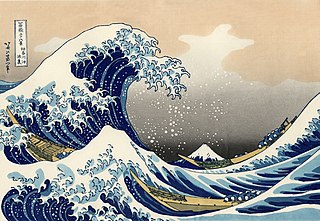
The Edo period, also known as the Tokugawa period, is the period between 1603 and 1868 in the history of Japan, when Japan was under the rule of the Tokugawa shogunate and the country's 300 regional daimyo. Emerging from the chaos of the Sengoku period, the Edo period was characterized by economic growth, strict social order, isolationist foreign policies, a stable population, perpetual peace, and popular enjoyment of arts and culture, colloquially referred to as Ōedo.

Bakumatsu was the final years of the Edo period when the Tokugawa shogunate ended. Between 1853 and 1867, Japan ended its isolationist foreign policy known as sakoku and changed from a feudal Tokugawa shogunate to the modern empire of the Meiji government. The major ideological-political divide during this period was between the pro-imperial nationalists called ishin shishi and the shogunate forces, which included the elite shinsengumi swordsmen.
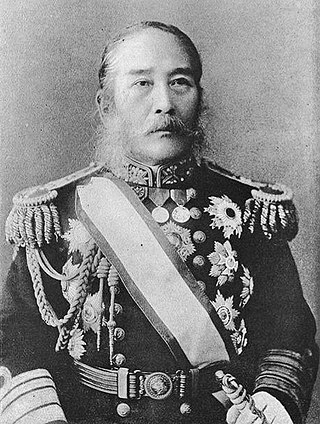
ViscountEnomoto Takeaki was a Japanese samurai and admiral of the Tokugawa navy of Bakumatsu period Japan, who remained faithful to the Tokugawa shogunate and fought against the new Meiji government until the end of the Boshin War. He later served in the Meiji government as one of the founders of the Imperial Japanese Navy.

Count Katsu Yasuyoshi was a Japanese statesman and naval engineer during the late Tokugawa shogunate and early Meiji period.

The Boshin War, sometimes known as the Japanese Revolution or Japanese Civil War, was a civil war in Japan fought from 1868 to 1869 between forces of the ruling Tokugawa shogunate and a coalition seeking to seize political power in the name of the Imperial Court.
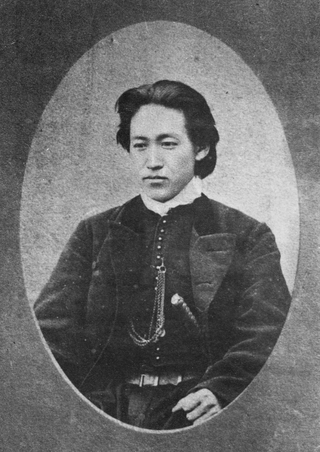
Hijikata Toshizō was a Japanese warrior. As Vice-Commander of the Shinsengumi, he resisted the Meiji Restoration and fought to his end.
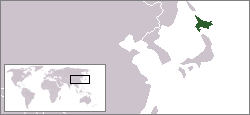
The Republic of Ezo was a short-lived separatist state established in 1869 on the island of Ezo, now Hokkaido, by a part of the former military of the Tokugawa shogunate at the end of the Bakumatsu period in Japan. It was the first government to attempt to institute democracy in Japan, though voting was allowed only to the samurai caste. The Republic of Ezo existed for five months before being annexed by the newly established Empire of Japan.
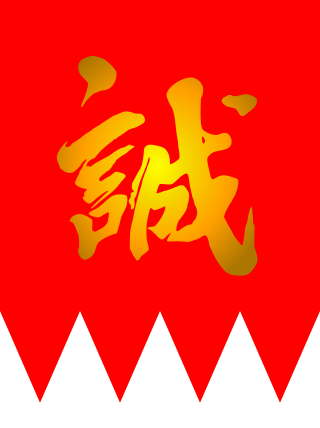
The Shinsengumi was a small, elite group of swordsmen that was organized by commoners and low rank samurai, commissioned by the bakufu during Japan's Bakumatsu period in 1863. It was active until 1869. It was founded to protect the shogunate representatives in Kyoto at a time when a controversial imperial edict to exclude foreign trade from Japan had been made and the Chōshū clan had been forced from the imperial court. They gained considerable fame in the Ikedaya incident and the August 18 coup events, among others. The men were drawn from the sword schools of Edo.
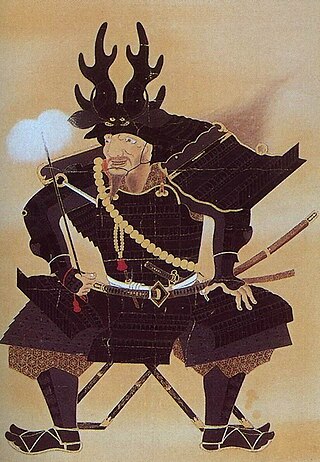
Fudai daimyō (譜代大名) was a class of daimyō (大名) in the Tokugawa Shogunate (徳川幕府) of Japan who were hereditary vassals of the Tokugawa before the Battle of Sekigahara. Fudai daimyō and their descendants filled the ranks of the Tokugawa administration in opposition to the tozama daimyō and held most of the power in Japan during the Edo period.

Nagai Naoyuki, also known as Nagai Genba or Nagai Mondonoshō, was a Japanese hatamoto under the Tokugawa of Bakumatsu period Japan.

Baron Ōtori Keisuke was a Japanese military leader and diplomat.

Banryū was a ship of the Tokugawa Navy, and following the collapse of the shogunate, was operated by Tokugawa loyalists under the Republic of Ezo during the Boshin War in Japan. An armed iron hulled screw-propelled schooner, she had a length of 41.8 metres, a breadth of 5.45 metres, a draught of 3.23 metres, and weighed 370 tons. She was armed with four 12-pounder bronze cannons.

The Battle of Miyako Bay was a naval action on 6 May 1869, in which samurai loyalists of the former Tokugawa shogunate under the flag of the newly formed Republic of Ezo failed to take over the Kōtetsu, the flagship of the Imperial forces of the new Meiji government. It was part of the overall Battle of Hakodate at the end of the Boshin War.

The Battle of Hakodate was fought in Japan from December 4, 1868 to June 27, 1869, between the remnants of the Tokugawa shogunate army, consolidated into the armed forces of the rebel Ezo Republic, and the armies of the newly formed Imperial government. It was the last stage of the Boshin War, and occurred around Hakodate in the northern Japanese island of Hokkaidō. In Japanese, it is also known as the Battle of Goryokaku

The Battle of Utsunomiya Castle took place between pro-imperial and Tokugawa shogunate forces during the Boshin War in Japan in May 1868. It occurred as the troops of the Tokugawa shogunate were retreating north towards Nikkō and Aizu.

Jules Brunet was a French military officer who served the Tokugawa shogunate during the Boshin War in Japan. Originally sent to Japan as an artillery instructor with the French military mission of 1867, he refused to leave the country after the shōgun was defeated, and played a leading role in the separatist Republic of Ezo and its fight against forces of the Meiji Restoration. After the rebellion's defeat he returned to France, fought in the Franco-Prussian War, and later reached the rank of general of division and worked for the Ministry of War.
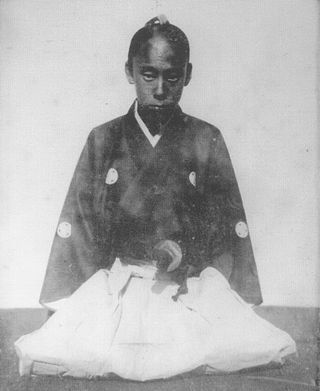
Matsudaira Sadaaki was a Japanese daimyō of the Bakumatsu period, who was the last ruler of the Kuwana Domain. Sadaaki was the adopted heir of Matsudaira Sadamichi, the descendant of Sadatsuna, the third son of Hisamatsu Sadakatsu (1569–1623), who was Tokugawa Ieyasu's brother. His family was known as the Hisamatsu Matsudaira clan. It was to this family that Matsudaira Sadanobu also belonged.
Events from the year 1869 in Japan. It corresponds to Meiji 2 in the Japanese calendar.

Bankichi Matsuoka was a Japanese naval officer in the Tokugawa Navy during the Boshin War, serving as Captain of the Japanese warship Banryū during the Battle of Hakodate.



















